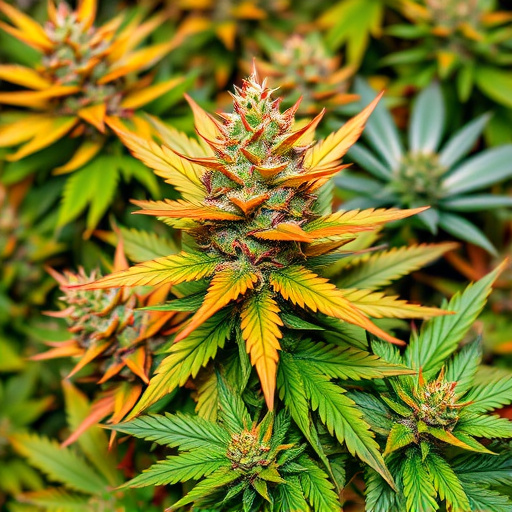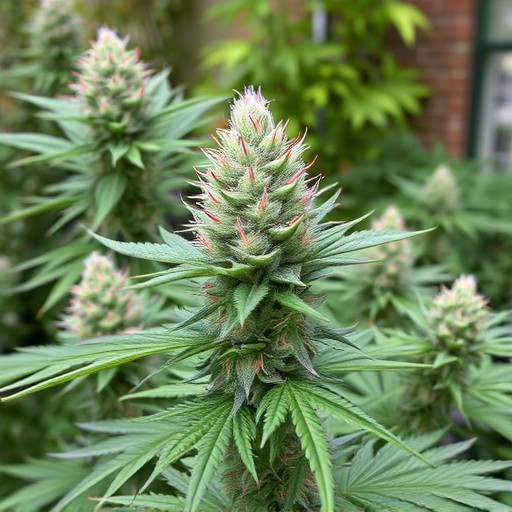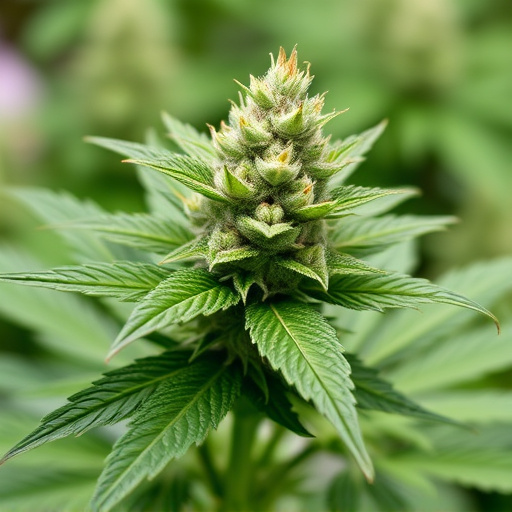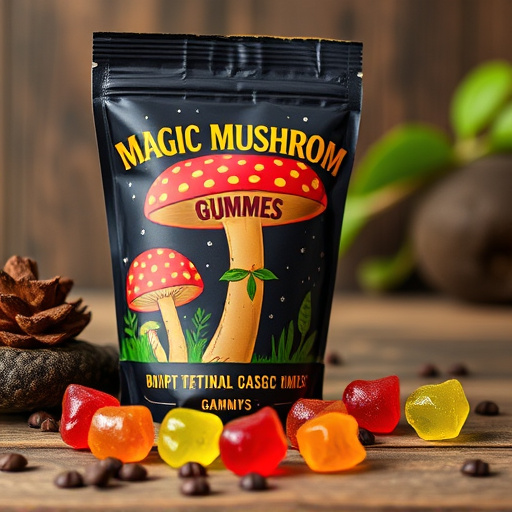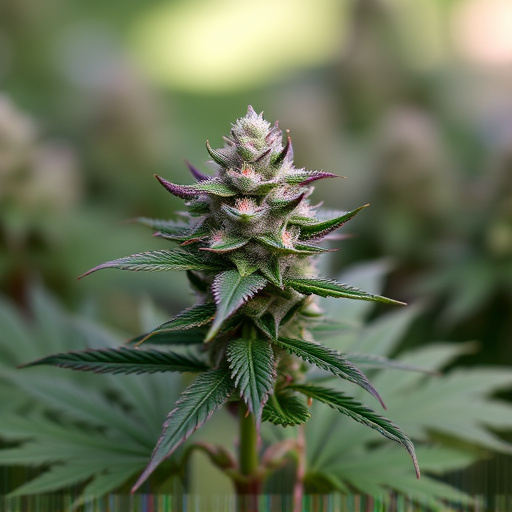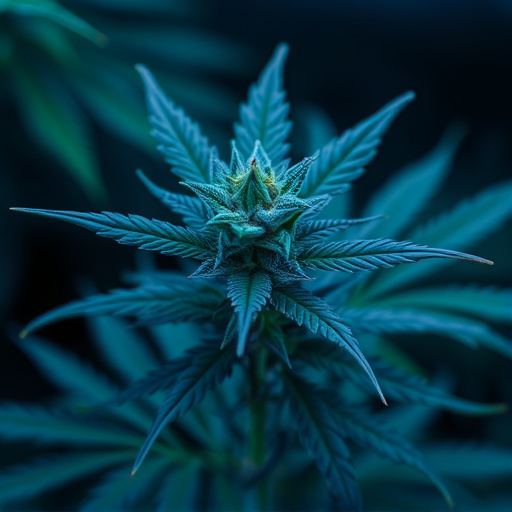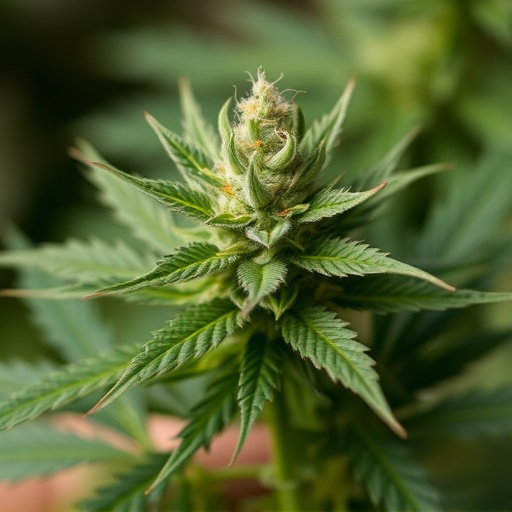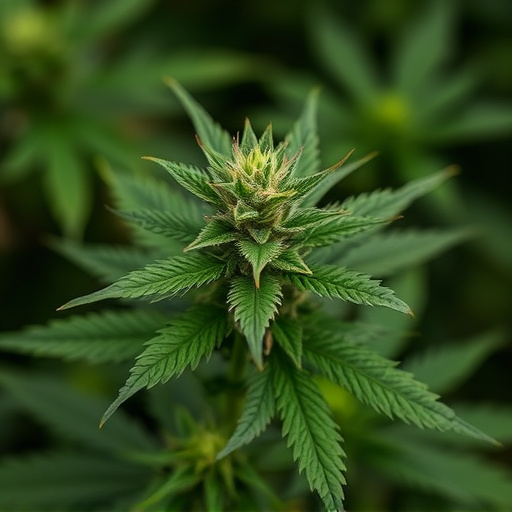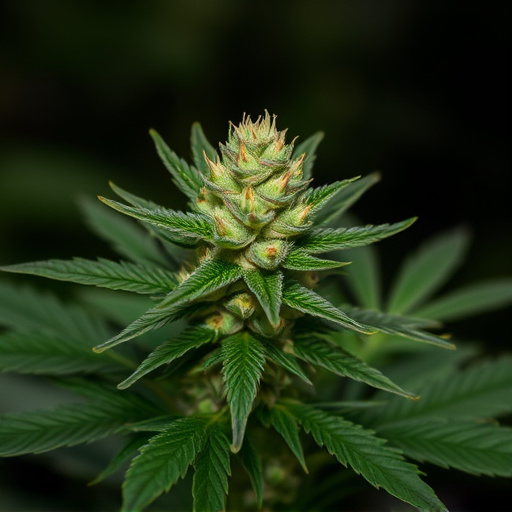Cannabis, particularly high-CBD strains, offers a potential alternative treatment for fibromyalgia patients. With its non-intoxicating properties, CBD binds to endocannabinoid receptors, reducing pain and inflammation. Different cannabis strains, varying in CBD and THC levels, provide diverse effects, aiding symptom management. Indica-dominant strains offer relaxation and sedative effects for pain relief, while sativa or hybrid strains provide energy and anti-anxiety benefits. Safe practices include starting with low doses, choosing soothing strains, using edibles for precise dosing, and consuming in a safe environment.
“As a growing number of individuals explore cannabis as a potential treatment option, especially for conditions like fibromyalgia, understanding its intricacies is paramount. This comprehensive guide offers first-time users valuable insights into navigating this alternative medicine landscape. We delve into the connection between cannabis and fibromyalgia relief, providing expert advice on selecting suitable cannabis strains tailored to individual needs. Additionally, we equip beginners with essential safety tips for responsible consumption.”
- Understanding Cannabis and Fibromyalgia: How They Connect
- Choosing the Right Cannabis Strain for Your Needs
- Safe and Responsible Consumption Tips for Beginners
Understanding Cannabis and Fibromyalgia: How They Connect
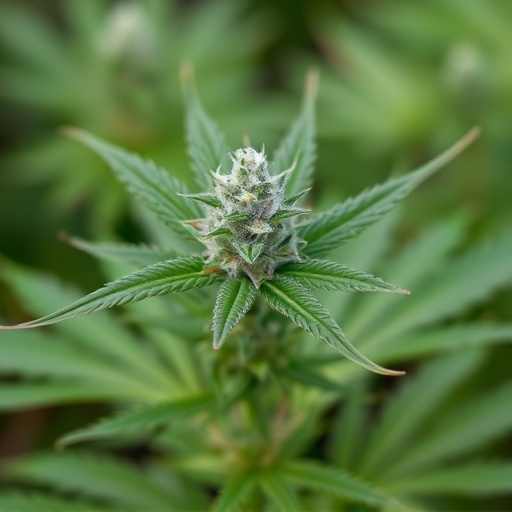
Cannabis has gained attention as an alternative treatment for various medical conditions, and one such area of interest is its potential to alleviate symptoms associated with fibromyalgia. Fibromyalgia is a chronic health disorder characterized by widespread pain, fatigue, sleep disturbances, and cognitive issues. Many patients with fibromyalgia turn to cannabis due to its unique composition and ability to interact with the endocannabinoid system in the body.
Cannabis strains known for their high CBD (cannabidiol) content have shown promise in managing fibromyalgia symptoms. CBD is a non-intoxicating compound that binds to the same receptors as the body’s natural endocannabinoids, helping to reduce pain and inflammation. Different cannabis strains offer varying levels of CBD and THC (tetrahydrocannabinol), providing options for individuals seeking relief without the psychoactive effects or those who prefer a more balanced approach. Exploring different cannabis strains for fibromyalgia can help patients find the right fit, offering potential symptom management and improved quality of life.
Choosing the Right Cannabis Strain for Your Needs
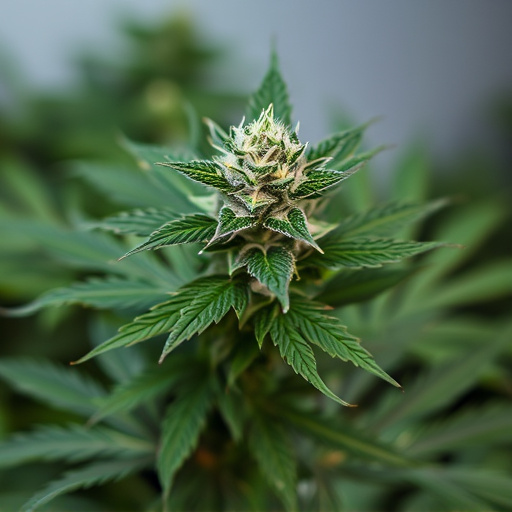
When it comes to selecting a cannabis strain, understanding your specific needs and preferences is key. Different strains offer unique profiles of cannabinoids and terpenes, which can provide varied effects. For instance, those seeking relief from chronic pain conditions like fibromyalgia might benefit from indica-dominant strains known for their relaxing and sedative properties. These strains often contain higher levels of the cannabinoid THC, which has been shown to interact with the body’s endocannabinoid system to reduce inflammation and ease discomfort.
If you’re looking for a more energizing and uplifting experience, sativa or hybrid strains might be a better fit. Sativa strains tend to have higher concentrations of CBD, a non-psychoactive cannabinoid known for its anti-anxiety and anti-inflammatory properties. Hybrids offer a balanced blend of indica and sativa characteristics, providing a wide range of effects depending on their specific genetic makeup. When choosing a strain, consider your desired level of relaxation versus energy, as well as any particular symptoms or conditions you aim to address, such as fibromyalgia.
Safe and Responsible Consumption Tips for Beginners
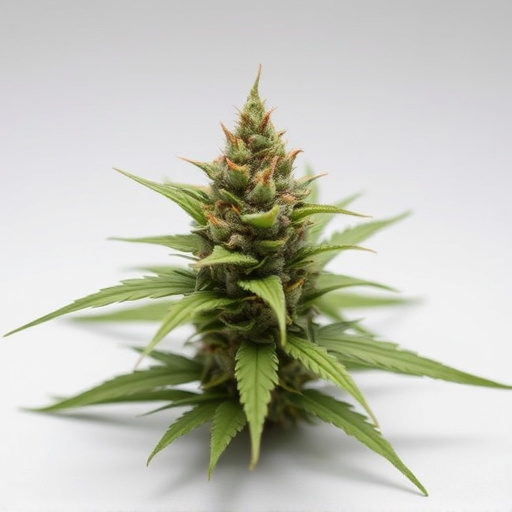
When first exploring cannabis, it’s essential to prioritize safe and responsible consumption practices. Start with low doses to gauge your tolerance, as different strains have varying effects. Cannabis strains known for their soothing properties, like lavender or indica-dominant hybrids, can be a good starting point for managing conditions like fibromyalgia. Begin with edible products, such as gummies or capsules, as they offer more precise dosing and slower onset times, allowing you to monitor your reaction carefully.
Always consume in a safe environment where you feel comfortable and relaxed. Avoid driving or operating machinery immediately after use. Keep cannabis products out of reach of children and pets, and store them securely in their original packaging. Regularly check the expiration dates on edibles to prevent potential risks associated with spoiled products.
For first-time cannabis users, especially those seeking relief from fibromyalgia symptoms, understanding the right strain is key. By carefully considering personal needs and preferences, individuals can navigate the diverse cannabis landscape effectively. The article has provided valuable insights into choosing the appropriate strains and adopting safe consumption practices, empowering users to make informed decisions. Remember, responsible use and tailoring your experience to specific requirements are essential when exploring cannabis for fibromyalgia management.
